Eating Earth
12 March 2019 | Inside Angama | Ian Dommisse
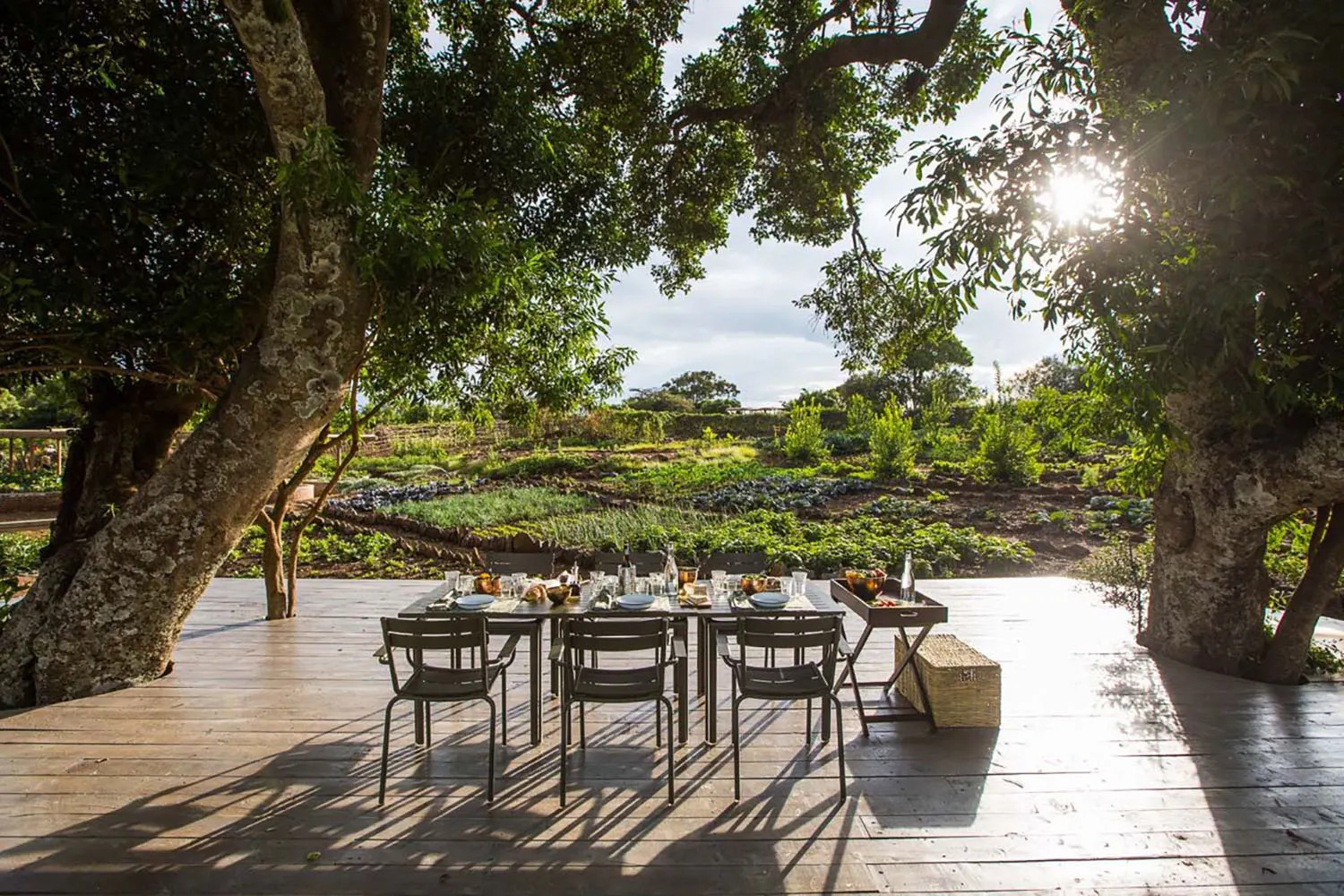
My (jealous) sisters would tell you that my favourite pastime as a child was to play in the mud with my cars. The reason why I had so many cars is another story for another time, but unlike many earth-eating children, I preferred sculpting it into castles and roads for my “go-cars”. My fascination with earth continues to this day and thanks to the hardworking team in the Mara, the Shamba’s earth is so fertile it’s almost a shame that it’s not on the menu.
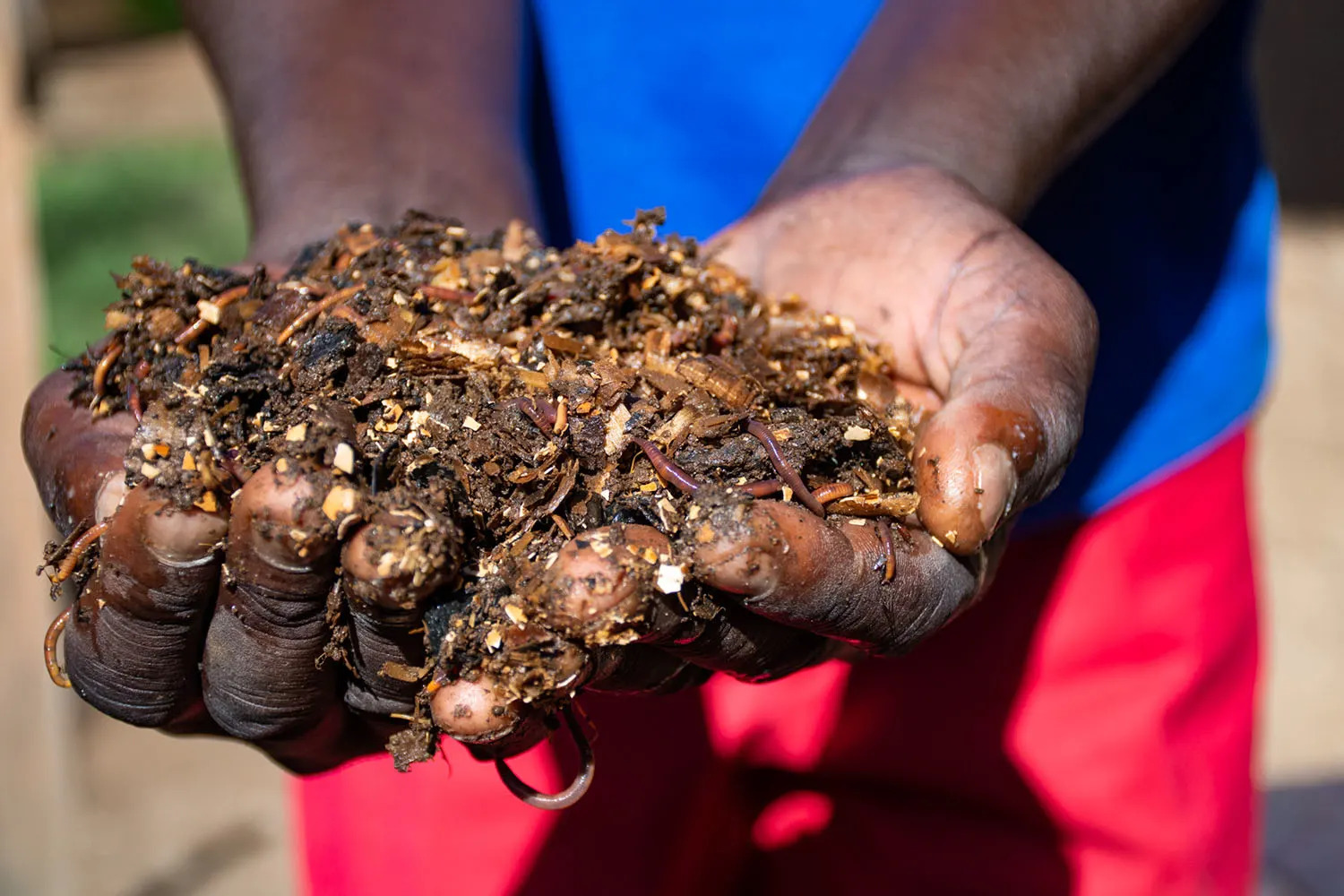
Few realise just how many hours of meticulous work goes into nurturing soil health for such a food garden.

To achieve a well-balanced soil, the Shamba team focuses on supplying the following ingredients:
1. Nitrogen
As a leader of ‘zero-waste’ practices in the hospitality industry, the Angama kitchen staff collects all their food waste which they deliver to Cyrus’s compost factory, just beyond the Shamba’s lower boundary. Here, it’s mixed with garden cuttings and stacked into large breathing cages. Time after time, these piles are turned and left alone until the introduced bacteria have broken the matter down into nitrogen-rich goo.

2. Carbon
Using dried garden cuttings and bark chips as mulch is a great way to boost the carbon levels of the soil. Over time, the matter breaks down and boosts the soil structure. Inversely, sun-exposed soil is robbed of its nutrients (and moisture) and quickly becomes barren sand. Another great carbon supply in the Mara is cow manure, which the Maasai kindly donate from their nearby kraals (homesteads). Ahead of planting fresh crops, the dung is worked into the soil as a slow-releasing source of goodness.

3. Microbes
The microbial life of the soil refers to the microorganisms that live in harmony and fuel root growth and nutrient transfer. Worm tea is a powerful microbial booster and a dangerous euphemism – this brown liquid definitely doesn’t belong on your tea tray! It is made by soaking worm castings (a polite term for worm excrement) in water for two days while aerating the concoction. To meet the microbe demand of such a large garden, the Angama worm farm is the size of a bath – literally, as Cyrus made it in an old bathtub.

Seedlings germinated in the greenhouse are dunked in worm tea ahead of planting so their roots have super-powers by the time they arrive in the Shamba.

Even with the constant supply of all these rich ingredients, recent soil tests indicated that a few trace element levels were insufficient. To maintain the garden’s organic status, the team used wood ash, lime and pine needles instead of fertilisers to correct these shortcomings. Many a wise gardener will tell you that 80% of your time should be spent working on your soil.
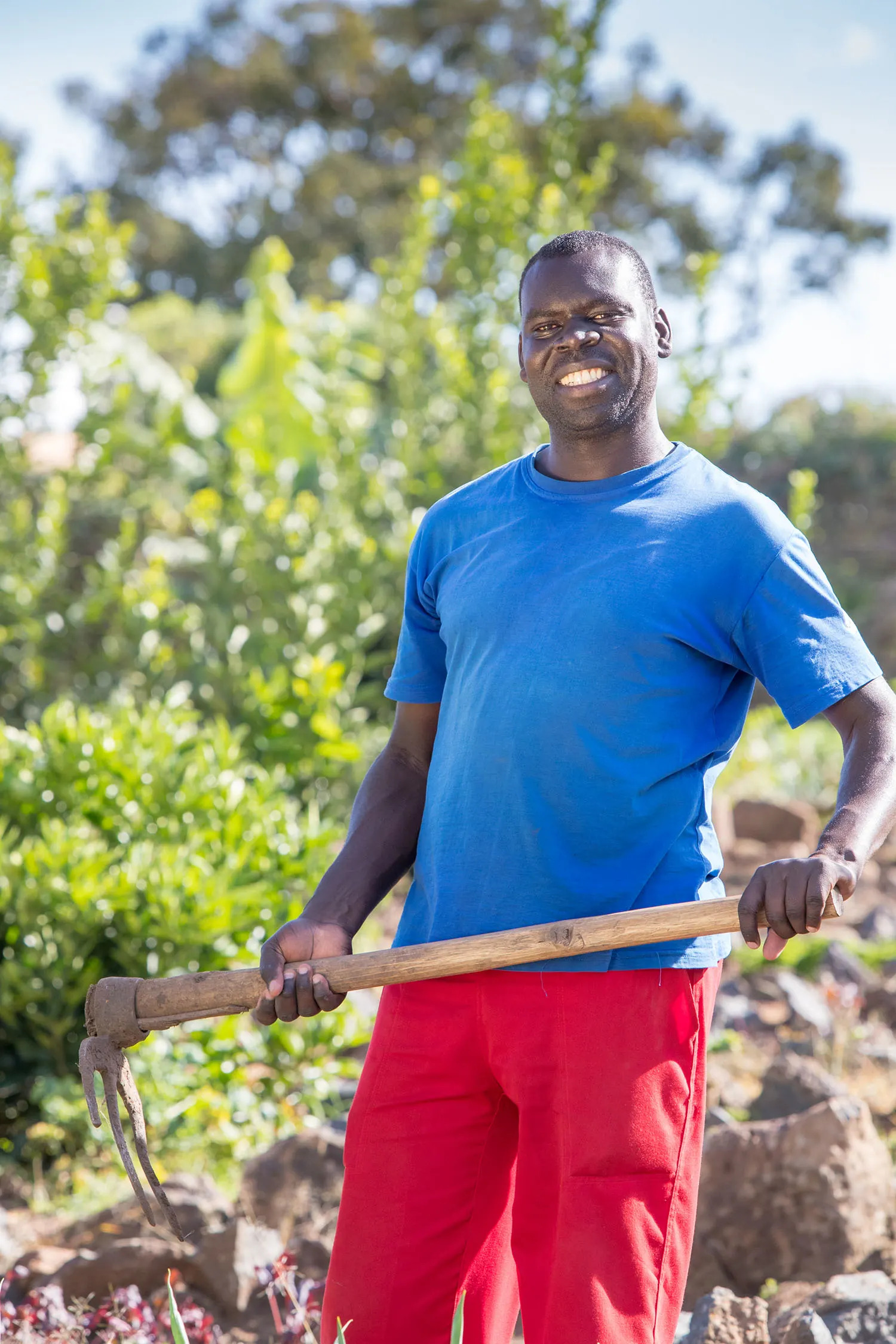
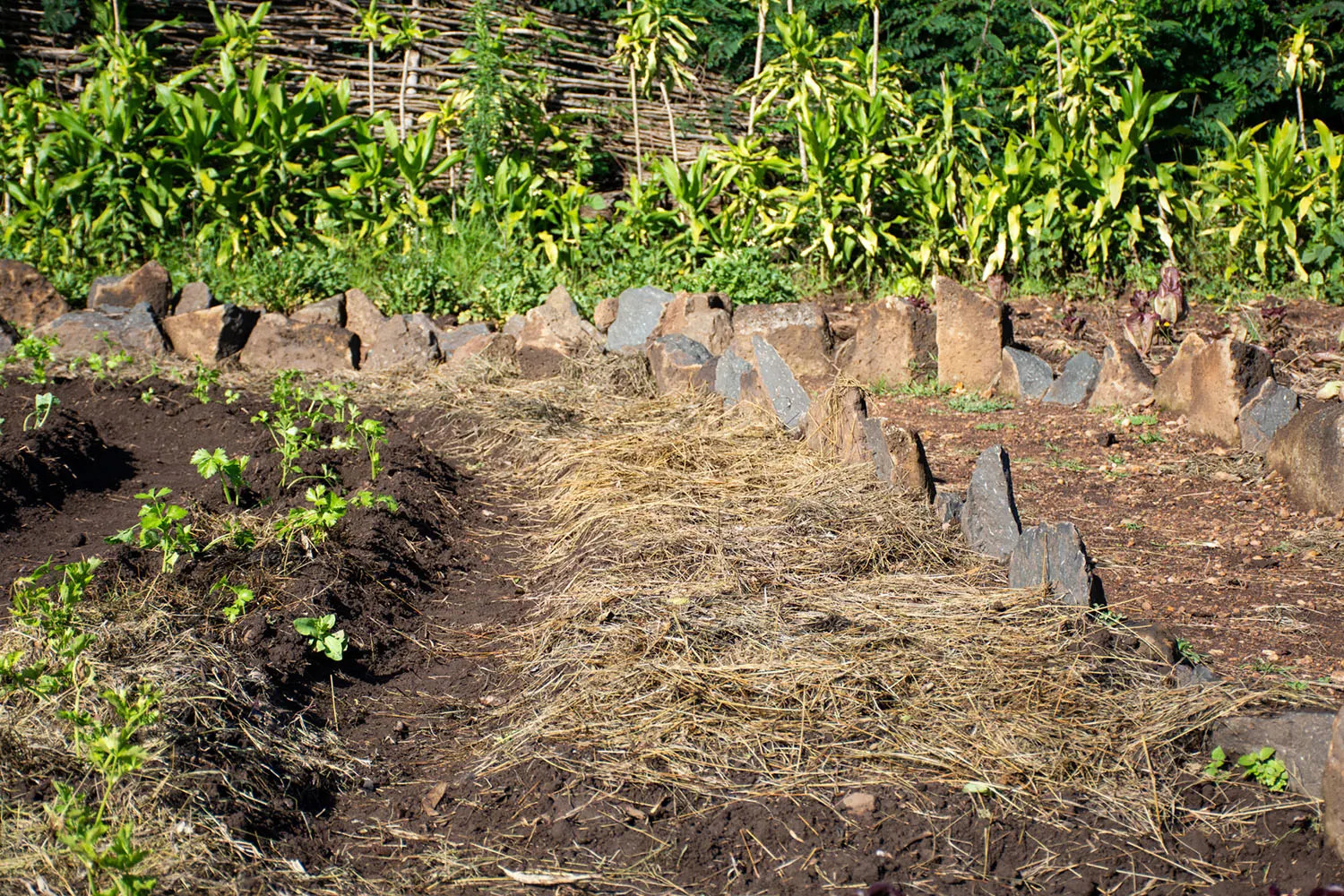
When you’ve eaten the fruits of your efforts, or in this case, the scrumptious meals that come out of the Angama kitchen, you’ll cherish our earth and salute the hands that made it so abundantly fertile.
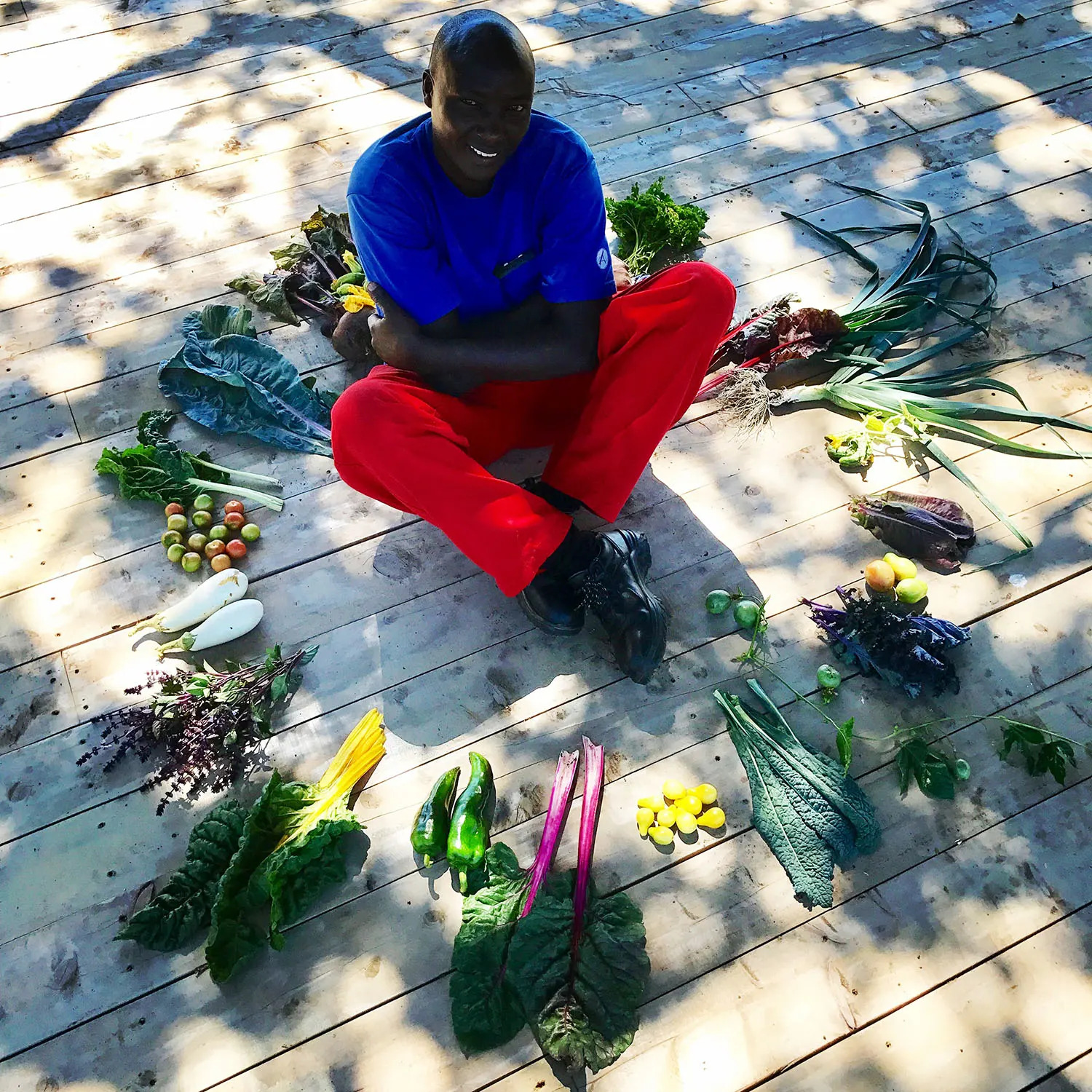

TAGGED WITH: Inside Angama, Angama Team, Angama Food, Angama Chefs, Angama Shamba


